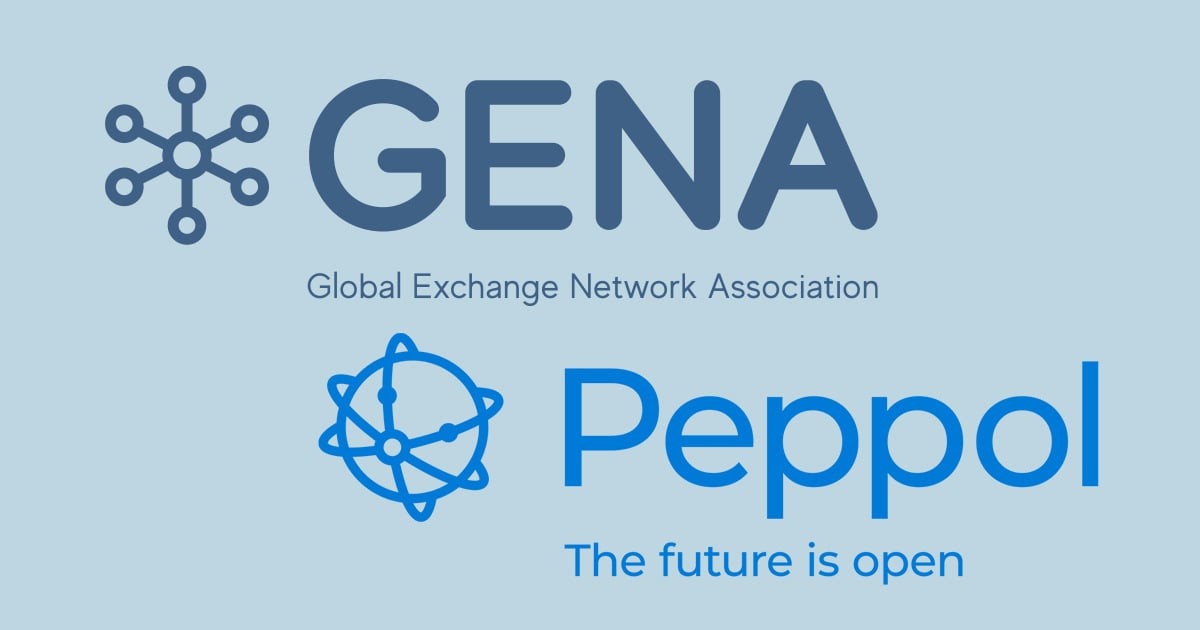Better opportunities to influence as an active member of GENA

The international body of e-invoice operators, GENA, recently met in Utrecht, the Netherlands. Several hot topics were on the agenda. There were formats, such as Peppol and the PINT spin-off, as well as national legal requirements and the implementation of so-called pentagonal models. InExchange was represented by Niklas Andersson and Simon Strandell.
- It is important to be there. It provides greater opportunities to influence, emphasizes Niklas.
GENA (Global Exchange Network Association) held its General Assembly Meeting in Utrecht on June 5-6. Ffrom InExchange participated Niklas Andersson, Head of Products, and Simon Strandell, Commercial Director, at the meeting. GENA offers an interface that is valuable to take advantage of.
- It is very important to be at this type of meeting. You learn a lot from talking to industry colleagues. Especially from other countries, says Niklas and is supported by Simon:
- Just to take part in the arguments and discussions, and not least the directional decisions that are taken, is of great importance to be in step with developments or even gain a certain advantage. GENA is our interest organization. It is our common voice to the market, politicians and the rest of the world.
"Next big thing"
The issues raised in Utrecht were many. The so-called "five-corner model" took up a lot of space. Financial people involved in invoicing are usually familiar with the four-corner model, as Peppol has the schematic structure, but a fifth corner is now being implemented in many places. The additional corner serves as a reporting point for CTC (continuous transaction reporting). The purpose is to provide tax authorities with a control point for VAT liability.
- It is very clear that this will be the next big thing. There are a few different variants of solutions for this type of model that countries can choose from," says Niklas Andersson.
A choice between two models
More precisely, there is a centralized and a decentralized model.
The centralized model involves submitting a transaction to a platform owned by the authorities. This platform then checks the transaction and sends it back for further distribution by the operator. This is what Poland, for example, has done as its solution.
The decentralized model involves reporting to the authorities while forwarding your transaction towards its final destination. This allows the operator handling the document transfer to execute the shipment without risking delays caused by the government platform.
The now shelved Nordic Smart Government & Business, which was a collaboration between the Nordic countries to develop uniform standards and processes, chose the decentralized model when conducting its pilot project to find a Nordic solution for ViDA (VAT In The Digital Age).
- That model is preferable, says Niklas. Then you don't get locked up by the authorities, but at the same time you can keep the traffic open."
German e-invoicing law flawed
Another heavy item that landed on the table was Germany's new e-invoicing law that comes into force on January 1, 2025. The law states that if a company claims to receive an e-invoice, the supplier must fulfill that requirement.
"But what is not covered by the law is how the invoice should be sent," Niklas interjects, thus exposing a serious shortcoming because within Germany there are three different formats approved as e-invoices: ZugFERD, eRechnung and Peppol BIS 3.
- What's interesting here is that ZugFERD is primarily a PDF that has structured invoice data embedded in the file. This particular format is usually sent by e-mail to the recipient, Niklas explains further.
Since there is no single register and the legal requirement, incredibly, does not regulate the way the invoice should be sent, you can probably figure out the consequence. Exactly. Companies that have not digitized to a great extent do as before. They continue to email or post the invoices.
Several pilot projects
The gaps in the German legislation are a concrete example of where GENA as a collective organization can bring weaknesses to the attention of decision-makers. In such large and bureaucratic contexts, it is difficult for an individual operator to be heard, but if it is GENA - with around 100 member companies - that has views, the degree of influence is completely different.
Within the framework of GENA, many different pilot projects are being carried out. These are collaborations that definitely serve a purpose.
- The majority of the projects are very technical in nature. A lot of times it's about testing new proposed models or the use of format rules and so on. I would characterize it as constructive work where you look at different solutions together. GENA is an excellent forum for this type of collaboration," Niklas Andersson concludes.


